
Birds
The bulk of my primary research into birds in flight was recorded around Southworld Pier, specifically between the coastal and town area. Being a seaside town, the dominating populations of birds were seagulls. Other species I witnessed came from the farmland area behind the coast, such as pigeons, crows and pied wagtail.
Capturing birds in flight sounded a lot easier than first proposed, with high velocity winds near the coast, birds can reach very fast speeds, making them hard to target, especially up close. All of my successful footage was taken at a distance, allowing me to focus on the bird(s) and prevent shake. Below are examples of cycle footage I captured, that has been stabilized and color corrected to achieve the best quality.
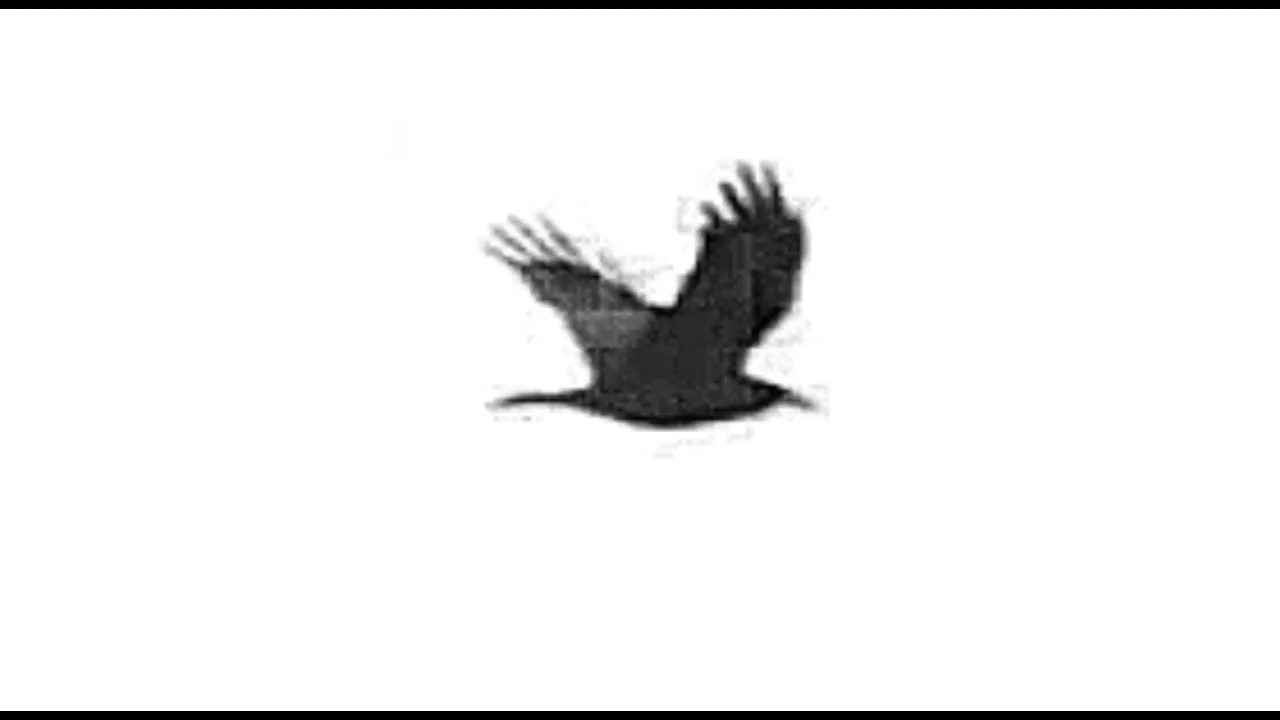
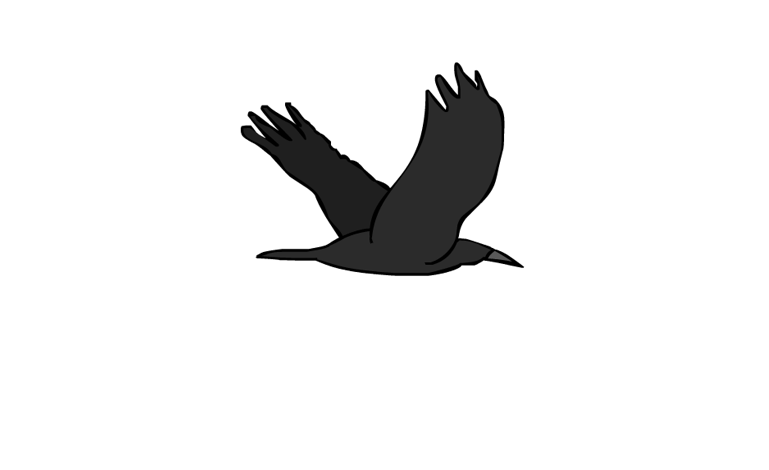
Crow Flight-Cycle
Crow Flight-Cycle (Rotoscope)
Rotoscoped Seagull
(Side View)
Rotoscoped Seagull
(Front View)
I also conducted additional research into biped birds, more specifically the flamingo. Below is a looped walk cycle I captured, as well as sketches that record the movement and proportions of the flamingo. Due to their weight in body mass, flamingos sway forwards and backwards while walking, an action that helps balance their weight.
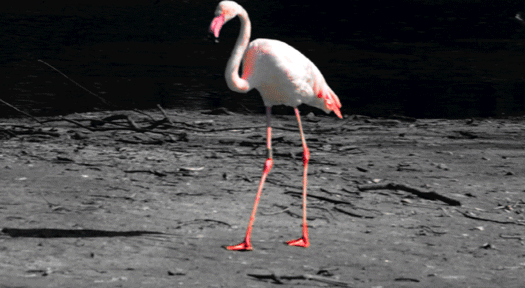
As well as bird flight, I also observed them taking off. Below is recorded footage of a Hammerkop taking off from a branch into an above nest shelter.
To understand the stages between anticipation and full flight I rotoscoped over it, focusing on the span of the wings, body and tail. From this I learned that first the body is tilted forward in anticipation, and then the previously folded wings are rapidly sprung out above the head. The body is bolted forwards as the wing is cast downwards, as the wings flap vertically, the body jolts back and fourth as a result of gravitational pull. The speed increases towards the nest shelter, and the wings are quickly tucked back into the body as it sits.
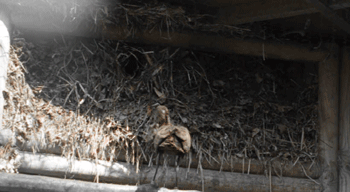
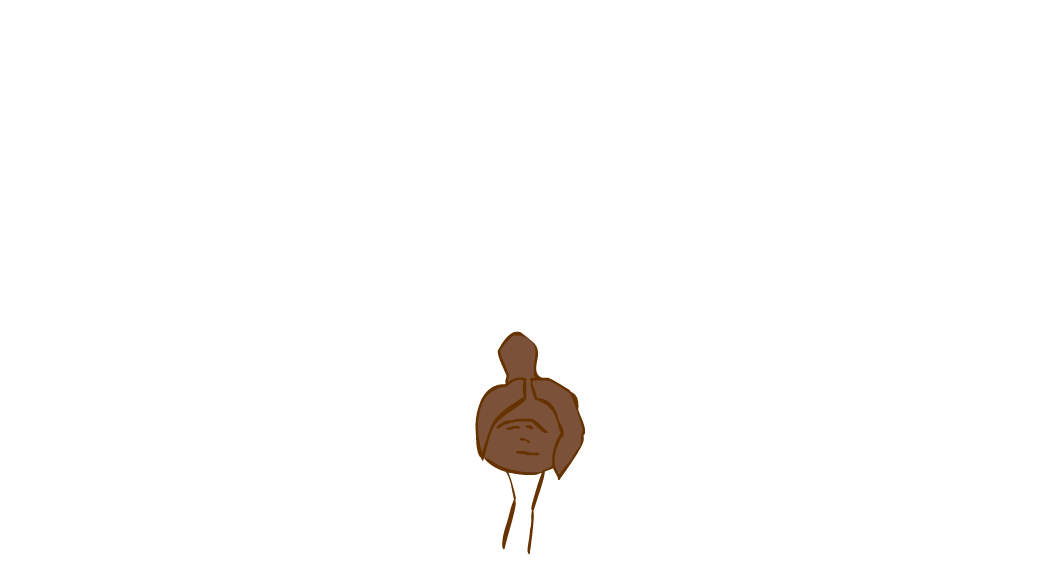
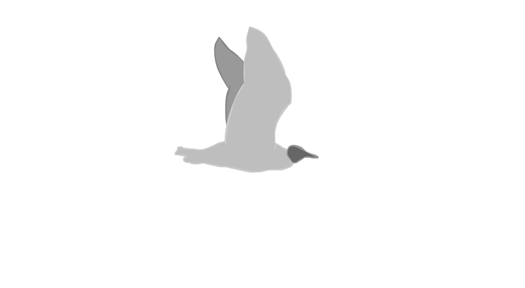
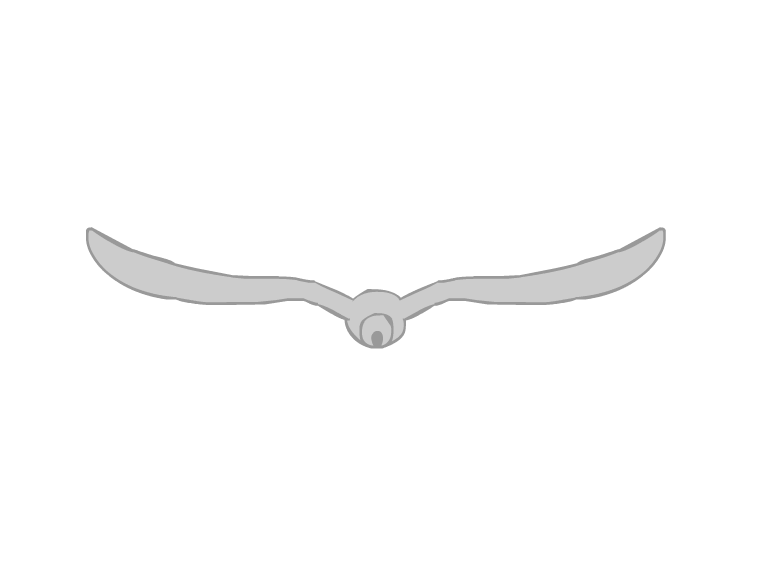

Analysis of proportions and movement (walk cycle)

Analysis of proportions and movement (walk cycle)







